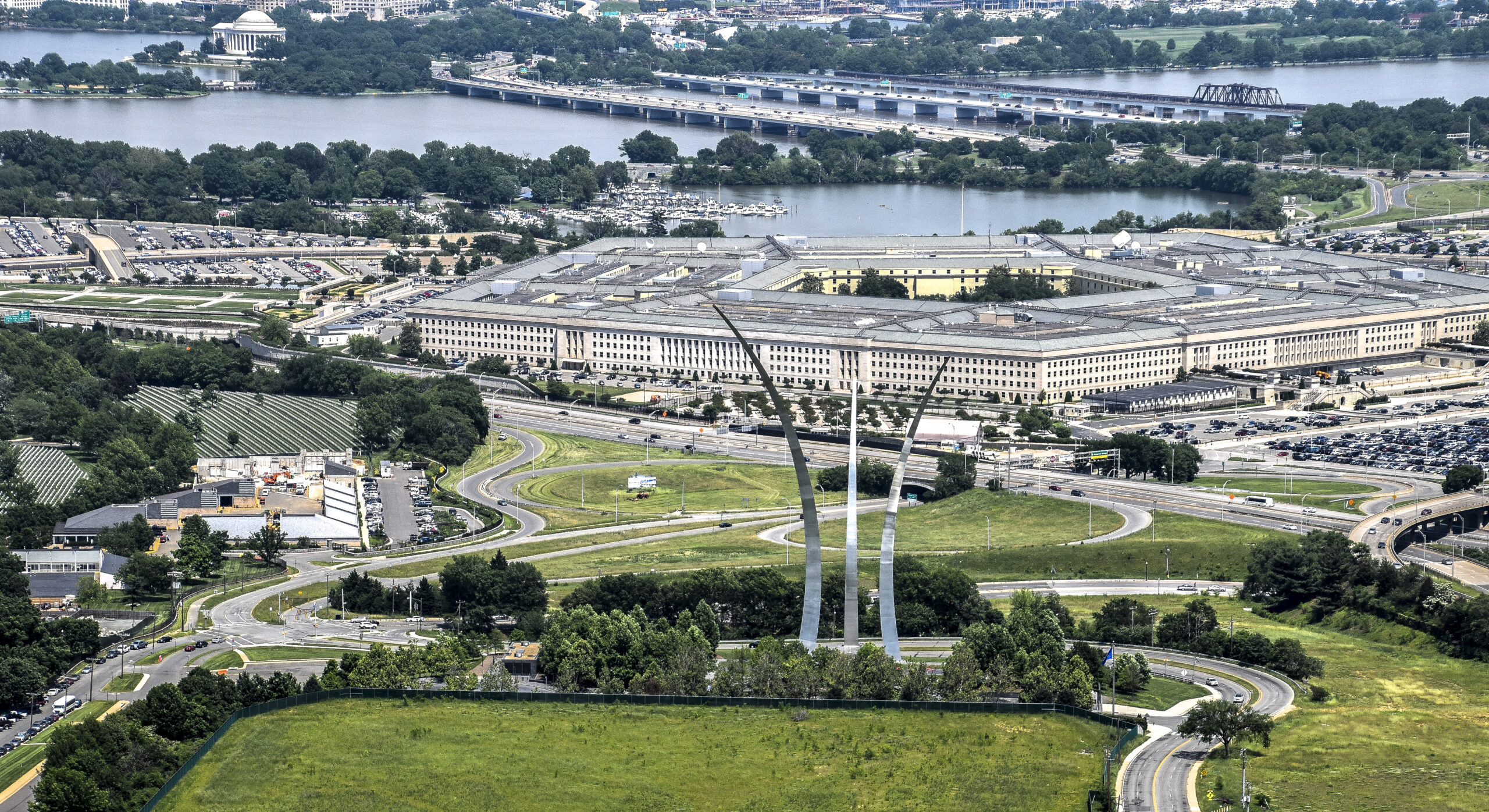
The Theodore Roosevelt Carrier Strike Group transits the Pacific Ocean Jan. 25, 2020. (U.S. Navy photo by Mass Communication Specialist 2nd Class Jason Isaacs)
WASHINGTON — In 2024, the US Navy didn’t have enough ships or subs it wanted in its fleet. And it showed.
A bipartisan chorus of lawmakers as well as top Navy leadership have bemoaned the fleet’s size for years now. Despite federal law stating the service must maintain more than 355 ships, the fleet’s actual size currently fluctuates between the high 280s and low 290s.
But what distinguished 2024 were the numerous fronts on which the Navy, and other parts of the federal government, has pushed to stop the bleeding before 2027 — the year the US believes China wants to have the ability to invade Taiwan, should leader Xi Jingping call them to do so.
Chief of Naval Operations Adm. Lisa Franchetti herself has seemingly coined the phrase “more players on the field” since the start of her tenure. It’s a motto that encompasses several aspects of the Navy’s capabilities and arsenal, the overall number of warships being one of them.
From calling out industry to making a big bet on venture capital, these are five stories from 2024 where the Pentagon’s anxiety about ship counts was showing.
[This article is one of many in a series in which Breaking Defense reporters look back on the most significant (and entertaining) news stories of 2024 and look forward to what 2025 may hold.]
1. Navy lays out major shipbuilding delays, in rare public accounting
Not too long after the president’s budget request was published in March, Navy Secretary Carlos Del Toro released a brief but damning document outlining massive delays on nearly every premiere shipbuilding program in the service’s repertoire.
The news that those programs were behind wasn’t inherently surprising; Pentagon observers use a combination of public statements and budget justification documents to keep tabs on the general status of all new ships and submarines.
But this story makes it to the top of this list because of how unusual it was for a senior Defense Department official such as Del Toro to so outwardly and publicly proclaim some of the country’s most important national security programs are lagging behind. And as has been a pattern for Del Toro, to which the next story on this list will allude, he also made sure to call out prime contractors for each program on that list of delays.
2. How SECNAV’s claims about S. Korean, Japanese shipbuilders do and do not line up
In the first half of 2024, Del Toro on multiple occasions let industry know that, as he saw it, they had their share of the blame to carry for the Navy’s problems, particularly when it came to ship construction and maintenance. At major expositions that are otherwise meant as opportunities for industry to get face time with senior military leaders, Del Toro laid into unnamed C-suite executives for excessive “stock buybacks” and failing to re-invest in their facilities for the benefit of the Navy.
That leads into this story, which explored Del Toro’s proposal for Japanese and South Korean shipbuilders to invest in American shipyards. These Asian companies, Del Toro argued, are technologically ahead of their American counterparts and their work output reaps the benefits. It was a premise with which some American officials took exception. (At least one major Asian company, the Hanwha Group, has taken Del Toro up on his offer and started making inroads with the American industrial base since then.)

The icebreaker USCGC Healy (WAGB-20) keeps station while conducting crane operations alongside a multi-year ice floe for a science evolution in the Beaufort Sea, Aug. 9, 2023. (U.S. Coast Guard photo by Petty Officer 3rd Class Briana Carter)
3. ICE Pact: Why the US had to recruit help in race with Russia, China for Arctic icebreakers
This next story also featured the US reaching out to allies for a helping hand in shipbuilding. The ICE Pact came out of this summer’s NATO summit and was one of the last big foreign policy initiatives by the Biden administration.
While icebreakers are technically the purview of the US Coast Guard with regards to shipbuilding, the operations of the US Navy — and the wider joint force — are dependent upon the United States and allies being able to access existing and emerging sea lanes in the High North.
This was clearly on the minds of Biden administration officials when it enlisted the assistance of Canada and Finland, both of whom are proficient at icebreaker shipbuilding and Arctic navigation, to join forces with the American defense industrial base for the benefit of all three nations’ fleets. The story linked above dives deep into the circumstances surrounding the ICE Pact including why the US needed help from its northern allies and where Russia and China stand in their own push in the Arctic.
4. Navy takes ‘really big swing with private investment to boost sub industrial base
The advent of the AUKUS trilateral security pact in 2021 has put a massive spotlight on the submarine industrial base and its challenges. This story is a highlight for the year because of the unusual nature of the deal in play.
The Navy teamed up with a private investment fund to purchase and develop a plot of land in Mobile, Ala., aimed at prioritizing “maritime infrastructure investments and sustainment activities with the goal of developing an additional 75 [percent] of the site to support submarine production, workforce training, and industrial capacity.”
The business arrangement is a novel one for the Navy and speaks to the service’s willingness to use outside the box thinking if it means bolstering the submarine industrial base. That thinking is why it makes this list.
(Some readers might notice this story was written by Breaking Defense’s managing editor Lee Ferran, who insists on calling it “eloquent prose.” I’ll leave that to the reader to decide. [Editor’s Note: Eloquent or elegant, either fits.])

Sailors stand watch aboard the Arleigh Burke-class guided-missile destroyer USS Truxtun (DDG 103) while it transits the Turkish Straits. (U.S. Navy photo by Mass Communication Specialist 3rd Class Scott Barnes/Released)
5. US Navy to extend service lives of 12 destroyers
This last story is short, but to the point. The service announced it would extend the lives of a dozen Arleigh Burke-class destroyers, which will add an anticipated 48 years of operational life to a fleet of ships regularly dubbed the workhorse of the US Navy.
During the first Trump administration, Navy officials went on record to say that extending the service lives of Arleigh Burke-class destroyers, combined with producing additional ships beyond previously planned amounts, was the surest way to reach 355 ships.
The fleet’s composition would not be optimal but, they argued, having too many destroyers was the best place to be imbalanced. Given this announcement, that thinking is clearly still resident in the US Navy’s leadership.










